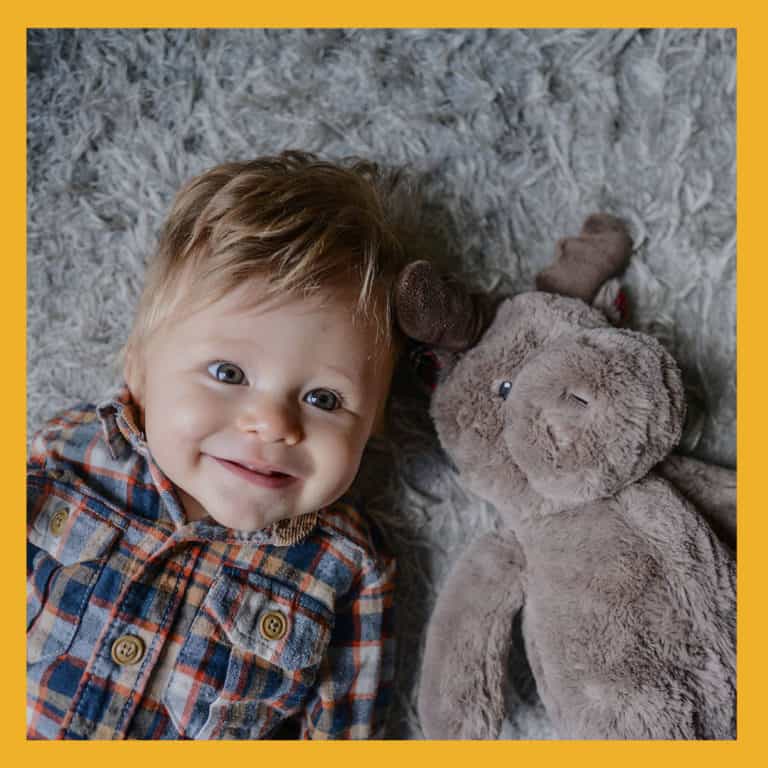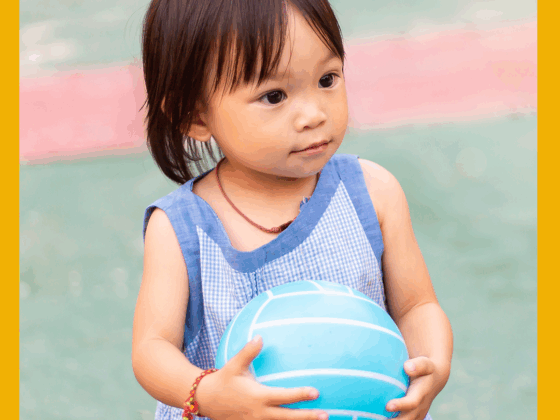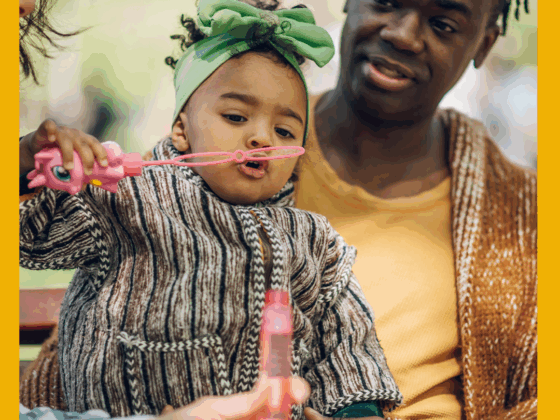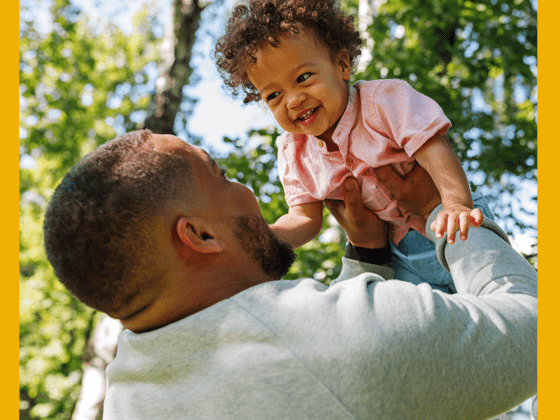When you were a kid, what was the one item that you always had to have with you? Was it a blanket? A toy? Well, for a majority of our staff here at PTN, our special item was a stuffed animal. It’s very common that children have a favorite item, and more times than not, you’ll notice that this item is indeed a stuffed animal. This is because stuffed animals bring on a sense of comfort and joy, and they make it easier for children to express themselves, which makes them the perfect learning tool during therapy sessions.
Using your child’s favorite stuffed animal during at-home therapy can be extremely beneficial as it will keep your kiddos motivated and excited to develop their skills. The best part? Your little one will be ecstatic to be learning with their best stuffed animal friend, by their side.
With that said – and in honor of September 9th being National Teddy Bear Day – we wanted to share some of our favorite at-home therapy activities that use your child’s favorite stuffed animal. Enjoy!
Create a Story
This activity gives your child the opportunity to be creative while working on their speech development. Sit down with your kiddo and ask them some questions about their stuffed animal such as, “What’s your stuffed animal’s name? Where does your stuffed animal want to go? What’s your stuffed animal’s superpower?”.
As they’re telling you the answers to the questions, write each answer down on a separate sheet of paper. Once you’re all done asking questions, get ready to help your child create their very own book. Your child will be able to work on their grip strength by coloring each answer page with an image that fits the text, and once they’re done, they’ll have their very own book based on their stuffed animal!
Partake in Sensory Play
Another great way to use your child’s stuffed animal is for sensory play. Kids (especially toddlers and babies) love to explore different textures, and most stuffed animals have numerous textures on them. For example, if the stuffed animal is a cat, it may have prickly whiskers, soft or fuzzy fur, and hard eyes. Let your child touch each texture one at a time while you ask them to describe what it feels like – soft, hard, fuzzy, rough, bumpy, etc.
Play Dress Up
Your child will absolutely love being able to use their imagination while dressing up their stuffed animal, and you’ll love this activity because it works on your child’s fine and gross motor skills. You and your kiddo can make up stories about where their stuffed animal is going, and then, they’ll dress up their stuffed animal to fit the story. For example, if you both decide that the stuffed animal is going to a ball, your child could dress their furry friend in a dress or suit, and if you both decide that the stuffed animal is going to a beach, your child could dress their furry friend in shorts and a t-shirt. Your child will have so much fun looking through all of the clothing options and will be entertained for hours on end.
You can find dress up clothes that will fit your child’s stuffed animal on Amazon, at toy stores, or, you can make them yourself!
Let Your Child Be a Caretaker
Allowing your child to take care of their stuffed animal will bring out their nurturing side, and will allow them to work on their fine motor skills, speech, and gross motor skills. You can have your child feed their stuffed animal, give them a pretend bath, place a bandaid on any owies they may have, or put their furry friend to bed – the possibilities are endless! The best part about this activity? Your child will learn responsibility and compassion in the process.
Be sure to keep an eye on our social media (Instagram, Facebook, and Pinterest) all month long as we share additional activities.





